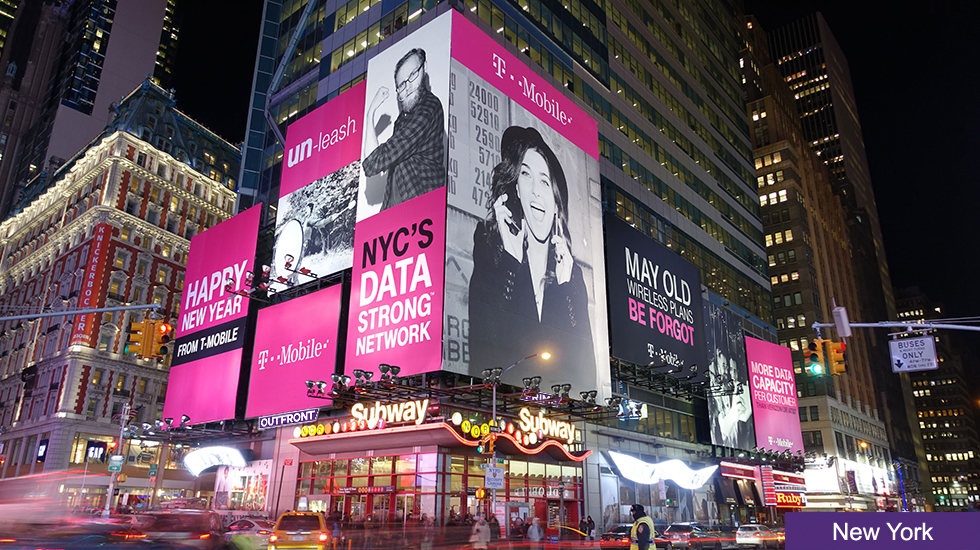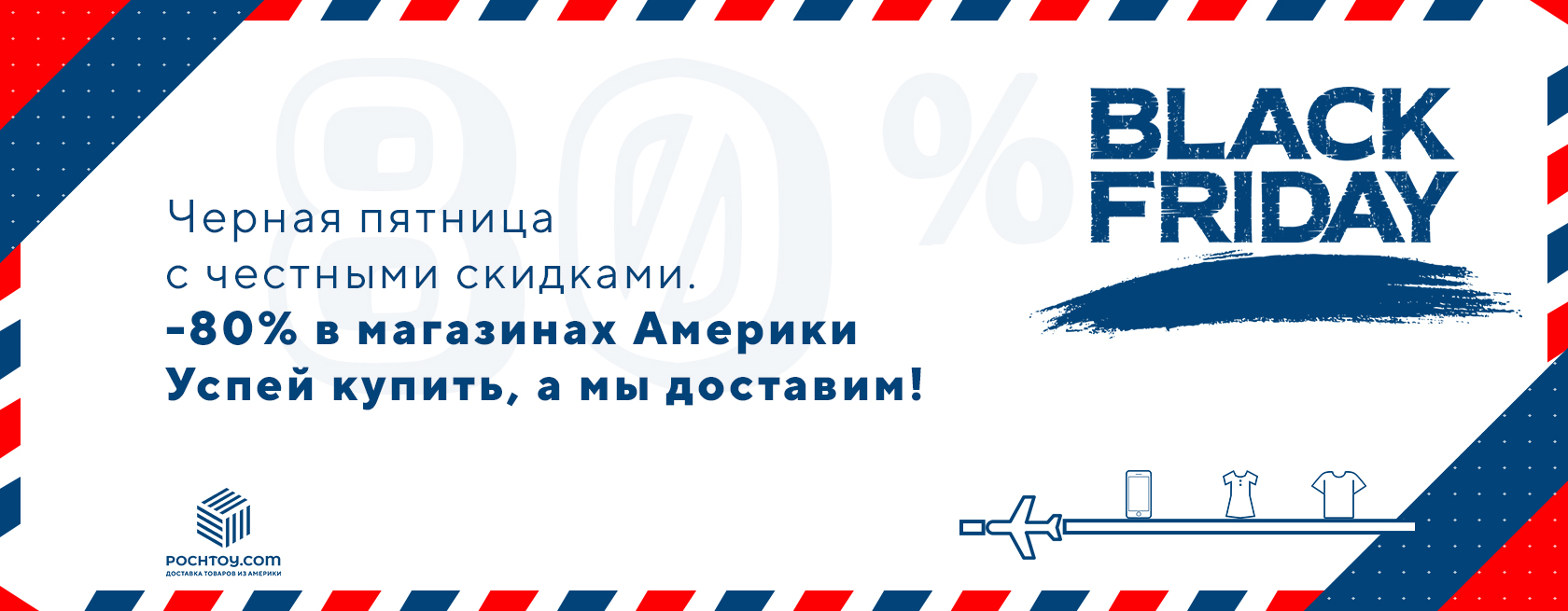Are you ready for AI in billboards?
- Transfer

What if billboards and banners could understand which colors, pictures and words get the most response from the audience? And independently “optimized” to get even more attention? What if billboards took into account who stands in front of them, and showed the most effective advertising specifically for this person? This is far from science fiction. Such “smart” billboards have been actively developing over the past two years, and may soon become a new standard. Modern technologies breathe new life into one of the oldest methods of advertising.
What today
Traditional advertising channels are going through hard times. Televisions, newspapers and magazines are forced to shrink under the pressure of online advertising. Some of them go on the Internet themselves, while others are closing down or looking for new ways to stay afloat. Well, the online advertising itself is gradually fastened under the mass adblokami. On average, for every thousand viewers, for example, on YouTube, the profit of the content creator has decreased 3 times since 2012.
But there is one bastion of advertising that has been around for decades: street advertising, billboards. The well-tested method known since the beginning of the 20th century still works. Even companies like Google and Apple feel free to use this channel, especially when they need to launch a new product. For example, at CES 2018 , Google bought thousands of squares in Las Vegas to promote Amazon to promote its smart column, Google Home. It would seem that Google is the king of online advertising, why should a company go back to the twentieth century? But sometimes the use of large billboards is simply more effective.

Still, outdoor advertising has two big and well-known minuses. Firstly, it’s hard to understand what it has earned (if you don’t implement any promotional code below, which everyone will forget about anyway, until they reach the store). Secondly, this advertisement is static, and shows the same information, regardless of what is happening around. Day Night? A group of students, moms with strollers, two bums? They all see the same ad. In the era of targeted advertising in social networks, most companies realized how inefficient it could be. The Sparrow Gun Strategy only works if you have the task of increasing overall brand awareness.
"Outdoor" is the last item on the list of any media planner. It is only accessed when all other channels are exhausted. In a format like this, it can never compete with the accuracy and relevance of online ads.
All this changes with the advent of AI. Any screen (especially digital, but not even necessarily) can be turned into a way to broadcast interesting and relevant information for users.
Whats in the future
Let's say you have a digital billboard somewhere in San Francisco. In fact, just a very big tv. How to make it more effective, and attract advertisers who are willing to pay many times more? Well, for example ... "tie it up" to the Internet, so that firms can decide in an auction order, whose ad will be shown now, and quickly upload new videos to your billboard. Or at least make it so that at night it shows the advertisement of the local club, and during the day - tire fitting.

Billboard in Moscow, candidate for upgrade
But to the level of effectiveness of targeted advertising at a pace never grow. Here we need a paradigm shift: AI. By reading the features of people's faces, the algorithms have already learned how to determine their age, gender, and emotional state. They can understand who is in front of them - an old person who can talk about drugs, a young mother interested in clothes for a baby, or a child who needs to talk about a toy.
This is the next stage: “smart billboard”, which itself understands how it can be the most effective now. Intel is already working on such a system for American cities. In Sweden, pharmacies are starting to put small shields that cough when they notice a smoker (the idea is for him to come in and buy an anti-nicotine chewing gum or plaster from them).
Such first systems of “smart” outdoor advertising are already used in Russia (thanks to dzakhour thanks for the selection ). For example, Yandex launched a technology in pharmacies Asna that recognizes the characteristics of a person standing in front of a screen (his gender, age, glasses, baldness, beard). Then, according to Yandex.Direct, an advertisement is selected and displayed for him. For example, a bearded man can offer hair care products. The advertiser pays only for such targeted impressions. At first, 70 screens participated in the experiment, and it is expected to expand to 2,000 screens if successful. A similar system is implemented in “Dixie”, where for a woman passing by, one information is shown on the screen of a trading floor, and another information is shown for a man.

Smart billboards with cameras and other sensors actively collect data about people passing by. In addition to gender, age and physical characteristics, the traffic and the level of interest of the audience (the time during which the person paid attention to the announcement) are also analyzed. Thus, advertisers can finally get real indicators of the effectiveness of their advertising. And so that people are not afraid of a new incomprehensible technology, the developers of these systems separately emphasize that they "use only impersonal user data, do not identify individual customers, and do not save videos of people passing by the screen."
How it works
All that is physically needed is a large TV or digital billboard, and a video camera. The rest takes on software. When the camera detects that someone is walking nearby (the distance differs depending on the placement and dimensions of the billboard), it quickly sends data through the network to the recognition system. She analyzes all the characteristics of a person (or a group of people) captured by a camera, and determines which advertisement from the pool should be shown here. All this takes about half a second. The desired content is displayed for ten seconds.

Intel offer
In the future, AI billboards will also be able to combine data about a person with weather data or local events. Advertising of jackets or food delivery services can be useful in the rain, and if it began to snow in front of the camera, it's time to tell about new warm shoes.
Special prospects are opening up for offline stores, which are now experiencing far from the best of times. Finally, they have a way to show customers exactly those products that will be of interest to them. Instead of two or three mannequins in the window, dressed to the taste of the manager, large glasses themselves can be digital screens. The showcase becomes similar to the main page of the online store. In real time, it shows the hottest items, new items of the range, plus those products that you may be particularly interested in standing in front of the screen.

Outdoor advertising again becomes relevant, and in many cases even desirable. In the next few years we will be able to see the revival of the war for the top locations for billboards. For example, Netflix recently bought a number of billboards in Los Angeles to guarantee access to them in the future.
Hyper-Targeting vs. Mass Targeting
It is not always a mistake to reach out to someone outside the target audience for the company. This is a good way to add weight to the brand, to make it more recognizable, to start word of mouth. To find an audience for a new product, even if not at all the one that marketers expected.
Any large national campaign from a brand designed “for all” will not benefit from hyper-targeting in AI-billboards either. “Coca-Cola” or MTS will be much easier and cheaper to increase their recognition through the usual outdoor advertising. But as soon as there is an orientation towards a specific category of consumers, mass targeting begins to lose ground. And the more specific audience the company allocates for itself, the more such “smart” billboards gain weight.

The new MTS tariff plan only for employees going on a business trip is better. A bottle of "Coca-Cola" for girls 15-25, dressed in a red dress - even better. Several options for an advertising poster, depending on whether your “victim” is smiling or sad, and now it's sunny or rainy outside - perfect. Even online advertising cannot give a person something “exactly in the mood” so precisely (until she was allowed to spy on the user through a webcam).
For people who are starting to deal with smart billboards, they also have advantages. At least, as long as these systems do not violate privacy and do not begin to share data with each other, tracking our movements around the city or shopping. If a billboard in any case will be in front of his eyes - why not show him something that could be potentially interesting? And to turn away in the real world is just as easy as closing a window with an annoying pop-up. As a last resort, AdBlock glasses were also invented for offline .
How do you want in such a future? Or can all targeted ads burn in hell?

